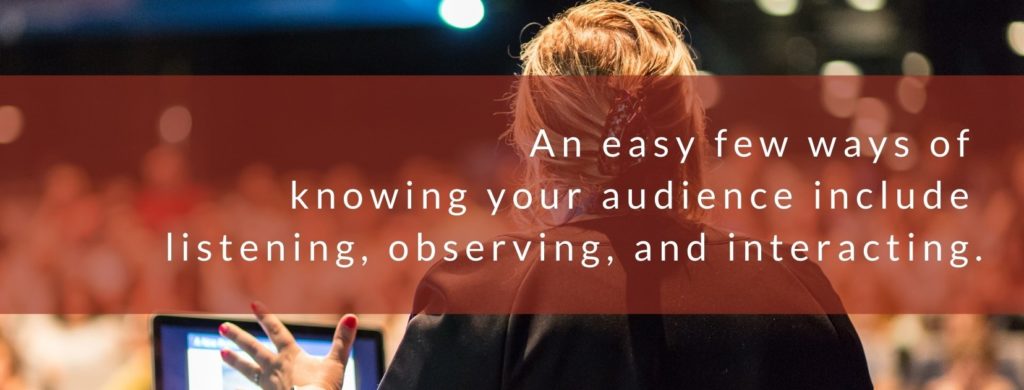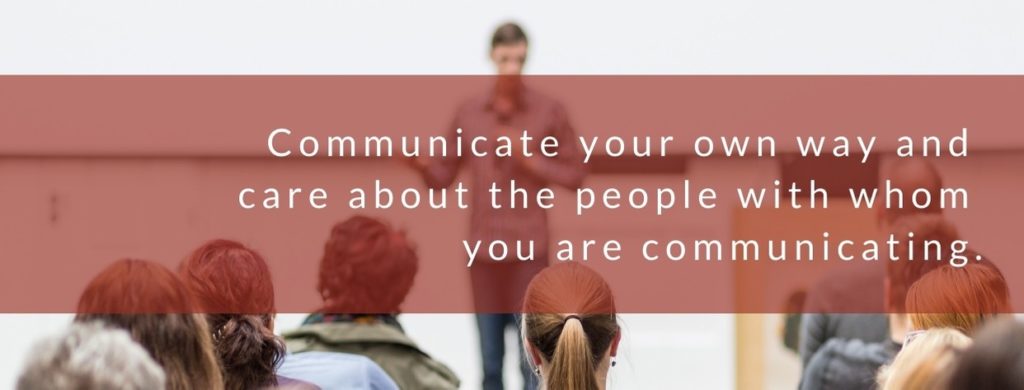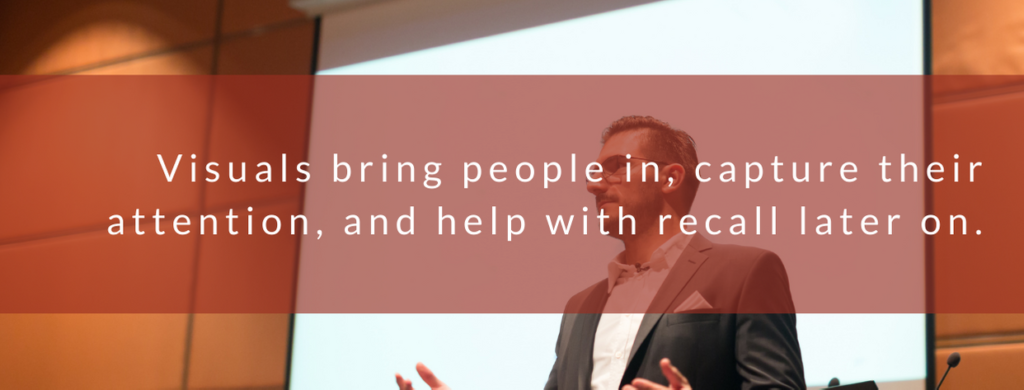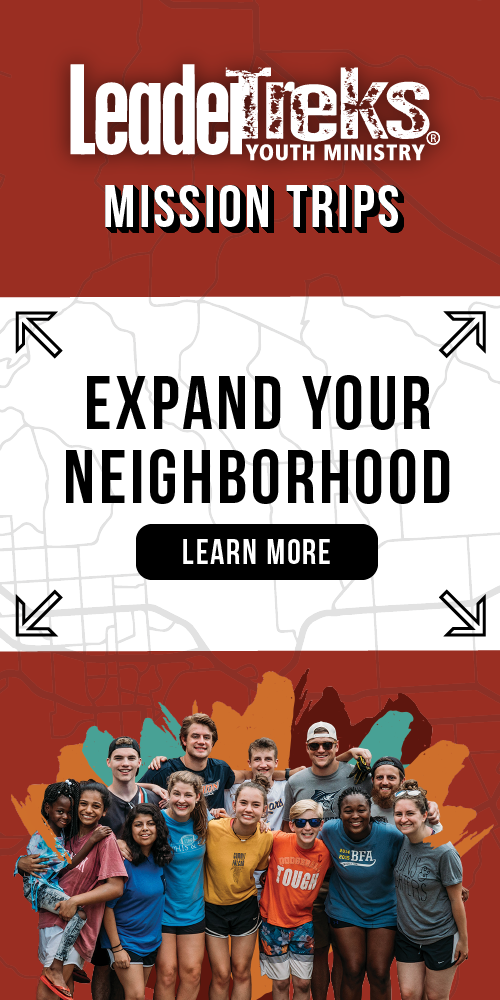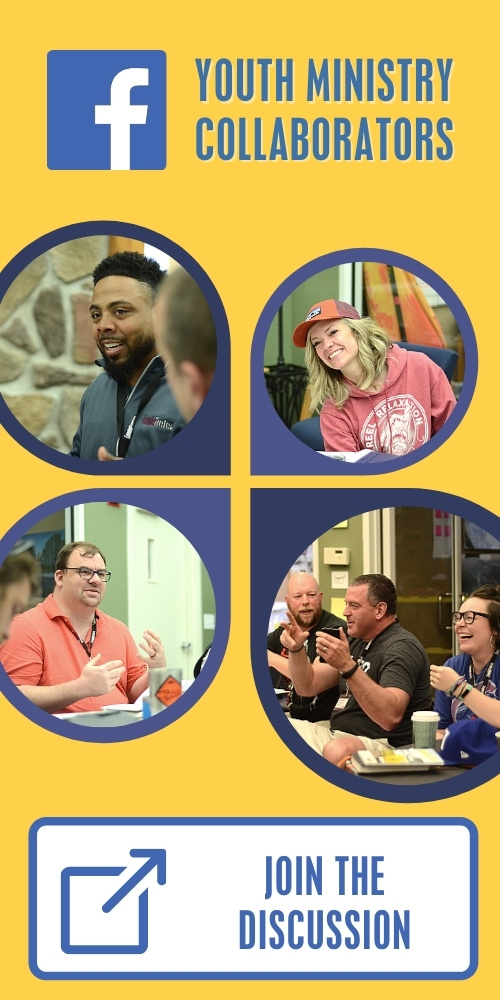6 Ways to Connect with your Audience
Whether you’re speaking to your students, a group of parents, or guest-speaking at a retreat or camp, it is important to think through how to connect with your audience. We have all witnessed someone struggle to connect with their target audience, and we know the necessity of connection as it helps to strengthen the effectiveness of our message. But the question is: how do we connect with our audience?
This is an interesting question because depending on the audience the answers may vary. If you’re communicating with students or children, you may use simpler language and talk about memories when you were their age. If you’re speaking to adults who have a stronger biblical background you may be more apt to include theological terms and doctrinal statements. But age aside, there are some key ways to connect with an audience no matter who you are speaking to. Today, I want to share some of these with you to help you think through how you’re not only connecting but also communicating with those around you.
Know your material
This is a big thing that I think we often overlook. As ministers of the Gospel we need to take seriously what we are doing and sharing with those in our charge. We shouldn’t treat the messages we share with a lackadaisical attitude that sees us prepping the message right before the start of youth group or a conference. Instead we should desire to study and know our material, and we should give it the proper treatment that is reserved for the life-changing components it contains.
That means we need to afford the proper amount of prep time to what we are sharing, we should internalize our message so if we lose our place in our notes we can still continue and not be stuck, and doing this will afford us freedom as we share should a question or distraction be raised.
Know your audience
This is one that can be both easy and difficult depending on your setting. If you’re speaking to your students it is probably easier to know them than if you were speaking at a conference or to a newer group. Regardless of who are speaking to, knowing your audience will allow you to establish rapport and credibility, which will then allow them to listen better to what you are sharing.
An easy few ways of knowing your audience include listening, observing, and interacting. Listen to the people around you: to what they say, their stories, their likes and dislikes. These things will help you know what makes them tick which will allow you to then engage with them more on their level and with what they care about. Observing people will also help you understand the social settings and dynamics that are happening within the group, and to discern what they do or don’t enjoy. This then affords you a greater understanding of how to relate to them. Lastly, you should also interact with your audience. Listening and observing is great, but if you don’t get involved with them you may appear standoffish or elitist. When you actually engage and participate with people you will learn much about who they are, which will allow you to connect with them at a deeper level.
Utilize stories
Stories are an amazing way to connect with your audience. Not only do they help engage one’s imagination but they draw people in and help to further the point of your message. I highly encourage using personal stories because they help you to connect at a deeper level, show authenticity, and highlight that you are a real person who is growing just like your audience. Jesus used stories, often called parables, with great success because storytelling is a wonderful and helpful means of getting your audience to understand and connect the principles you are sharing with real world application and results.
Be authentic
If you work with students you probably know that they can sniff out when someone isn’t being real or honest with them. They know the moment someone doesn’t really see or care about them, and they know if a speaker truly cares about and wants to be sharing with their group. So when you are speaking or onstage for an event, just be yourself and look to connect with your audience by sharing from your life. Don’t try to mimic another speaker or presenter. Don’t try to tell someone else’s story. Don’t try to be another “influencer.” Instead be who God made you. Communicate your own way and care about the people with whom you are communicating. When they see your heart and love for them, complimented with the truth of Gospel, then you will see lives changed as the Spirit of God takes hold of them.
Use humor
Humor is a great resource when connecting with people. Some people are masters at this and can seemingly weave it into any talk with little effort, while others need to work hard to bring it into their messages. No matter where you fall in that spectrum, consider using it because humor helps people lower their walls and it allows them to trust you more.
When it comes to humor remember a few things:
- Always keep it appropriate. If you need to ask, “is this okay to say, do, or show?” the answer is probably no. Always err on the side of caution. You never want humor to be the focus of your message but to point people back to it.
- Never use other people for humor unless you have their permission. The worst thing you could do is make fun of someone in the audience because they will tune you out and you could potentially turn them off to Jesus.
- Poke fun at yourself and tell funny stories from your own life. This will help you to be relatable and seen as a normal, everyday person.
- Your message isn’t a stand-up routine. You are there to point people to Jesus, and humor is simply an asset to help you do just that. Too much humor will come across as disingenuous and people will only come to laugh and not hear the truth of the Gospel.
Utilize visuals
Visuals can come in all varieties and may change depending on your audience. If it’s a younger audience video clips and funny photos may be a very helpful resource. If it’s an older audience photos, quotes, pictures of resources, and graphs may help in getting your point(s) across. Regardless, we must understand that visuals help us in communicating and therefore help us in connecting with the audience. Visuals bring people in, capture their attention, and help with recall later on.
A few easy visuals include photos (personal photos offer a deeper level of connection if applicable), video clips, PowerPoint or ProPresenter slides, props as they pertain to what you’re sharing, or art. The importance thing in utilizing visuals is that you do not force them and that they are not juvenile. Don’t try to force a prop into an illustration or point because if it doesn’t work, you will detract from your message. And if you try to do something juvenile, people will disconnect and just think about how it wasn’t for them rather than focusing on the point you are attempting to communicate.
About the Author
Nick and Elise Mance
We are Nick and Elise Mance, the husband and wife team behind Kalos, a place where we write about student ministry. God cultivated in each of us a passion for youth ministry before bringing us together. Since getting married, God has continued to equip and guide us as we seek to minister to youth, families, and leaders. We… Read More

